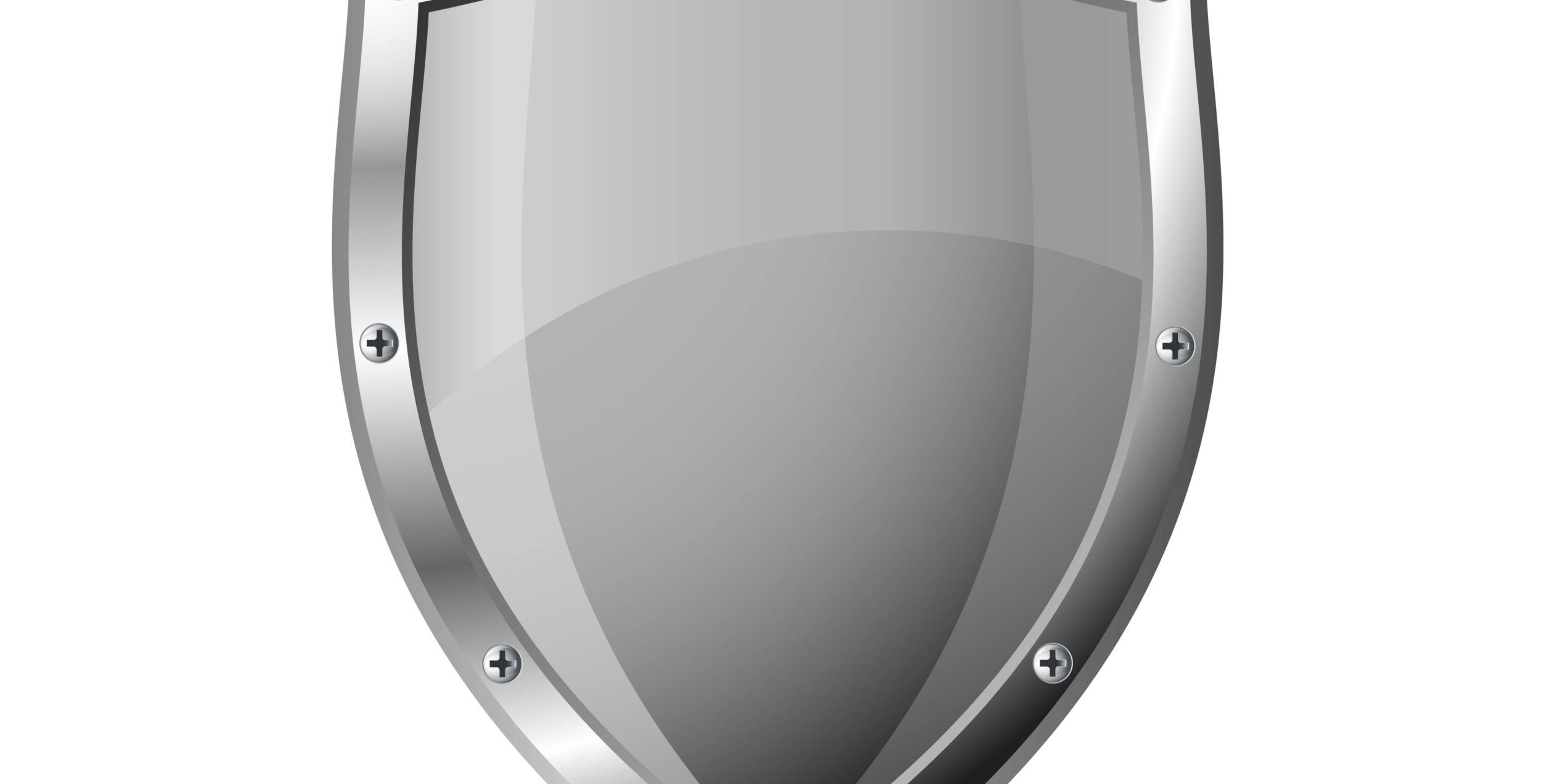
Barrier films to Gas and Water Vapour for food packaging are one of the first applications of plastic films or laminates. The barrier properties of plastic food packaging ensure that the taste of the food is maintained, while protecting against external contamination. The flexible substrates (plastic films, aluminium foil, etc.) are combined thanks to a specific architecture to protect the food under the best possible storage conditions.
The purpose of food packaging is thus to form a barrier between the contents and the external aggressions. The packaging therefore guarantees the quality of the product and prolongs the shelf life and the sale of food. A barrier function generally requires a complex arrangement, composed of several layers of polymers and coating.
- Water vapour barrier
Fresh foods dry out when they stay in the open air for a long time without packaging. Dehydrated foods agglomerate into lumps and frozen products (snacks for example) lose their crunch when they absorb water from their environment. An adequate barrier to water vapour is therefore essential to protect food from loss of water and to prevent it from absorbing water from their environment.
The barrier properties differ from one polymer to another and also depend on the thickness of the material. As a rule, polyolefins, in particular polyethylene and polypropylene, have excellent water vapour barrier properties (<10 g / m 2 per day, measurement at 23 ° C. and 50% at 90% RH), in contrast to Polymers more sensitive to moisture such as polyamide and EVOH (ethylene vinyl alcohol) (> 40 g / m2 per day, measured at 23 ° C. and 90% RH).
Most food products are packaged in laminated packages that consist of different types of polymers, usually polyethylene which provides “sealing” (welding). For products that are particularly demanding for protection against water, producers of films or complexes for food packaging combine metallized layers (e.g. aluminium coating) with other polymers, Aluminium foil can also be laminated with other films. Barriers such as metallized films and coatings based on oxides of silicon and aluminium make it possible to reduce the moisture permeability of flexible packages. These layers are deposited thanks to a vacuum evaporation process. Other barrier coatings such as PVDC (Polyvinylidene Chloride) or PVOH (Polyvinyl Alcohol) coatings are applied by gravure coating processes. There are also flexible films where the barrier is incorporated into the film by coextrusion. This is particularly the case for EVOH (ethylene-vinyl alcohol) which can be integrated, for example, with polyethylene to produce PE-EVOH-PE films.
The barriers to water vapour are expressed in WVTR (Water Vapour Transmission Rate). The tests measure the transmission of water vapour through the packaging. These measurements are carried out according to standards, often carried out at 38 ° C -90% RH (relative humidity) and are expressed in grams per unit area (m²) and per 24h.
- Oxygen barrier
The presence of oxygen actually degrades the quality of the products and leads to unwanted microbiological proliferation, rancidity, discoloration and loss of nutrients. We can also note that some food substances oxidize under the effect of light, which leads to an unpleasant odour and taste. Some vitamins disappear and the pigments lose their colour.
In the case of packaging carried out under a modified atmosphere (CO2 and N2 protective gases), it is essential that the packaging be very efficient at the oxygen barrier level and also barrier to protective gases.
Oxygen must not enter the packaging, but it is also not necessary for the protective gases not to escape. The ratio of N2 (Nitrogen), O2 (Oxygen) and CO2 (Carbon dioxide) contents is 1: 4: 20.
To obtain a good oxygen barrier, the flexible package will be designed using laminates or films with gas barriers properties, it can be noted that PVdC (already referred to as a water vapour barrier) can also be used for its good gas barrier properties.
Oxygen barriers are expressed in OTR (Oxygen Transmission Rate). The tests measure the transmission of oxygen through the package. The presence of oxygen in fact degrades the quality of the products and leads to unwanted microbiological proliferation, rancidity, discoloration and a loss of nutrients.
These measurements are carried out according to standards, and are often carried out at 23 ° C -50% RH (relative humidity) and are expressed in cubic centimetres per unit area (m²) per 24h.
Pascal Rousset
R & D Manager

